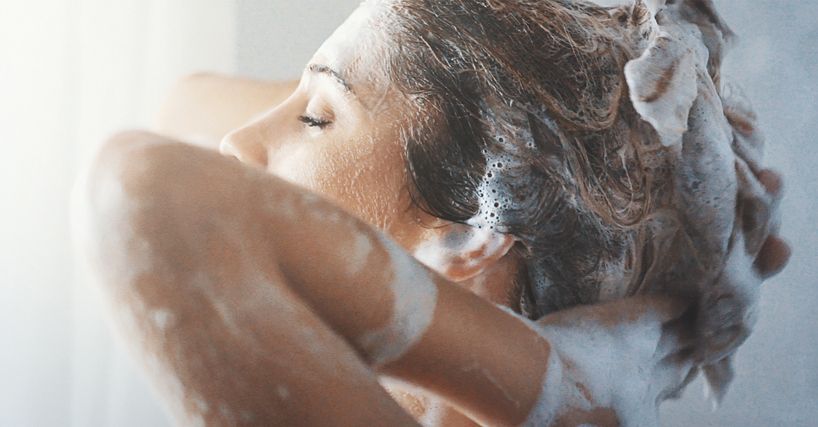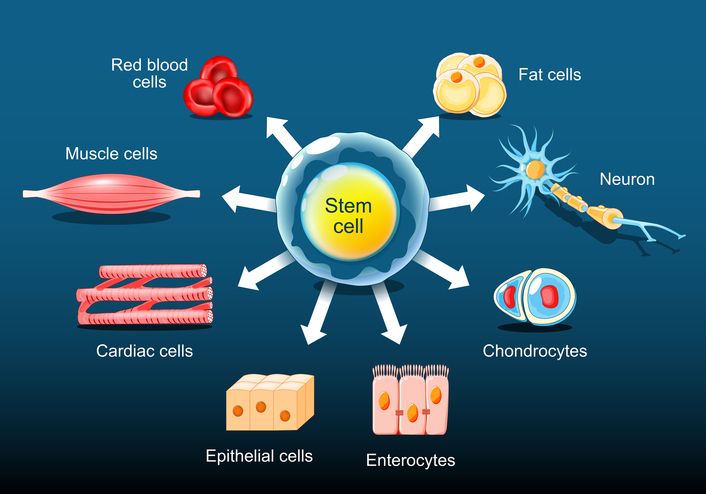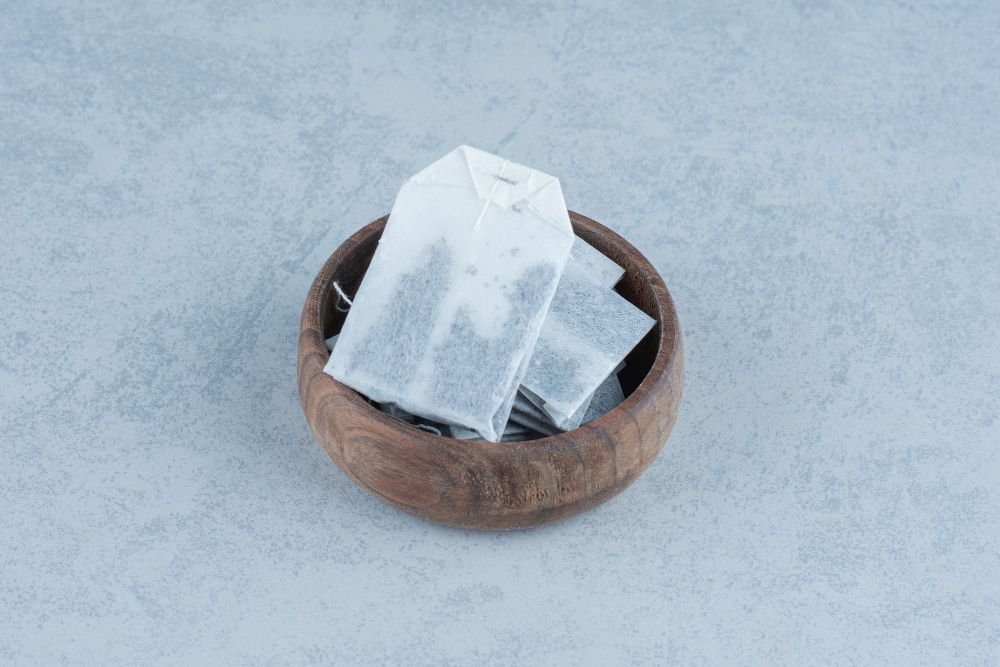
Book Now to Experience
Acne Treatment
1 Minute Self-Registration
Date should not be before minimal date
Author: Leila Tan|Updated: 23 July 2024
Post Inflammatory Hyperpigmentation (PIH) is a common skin condition that occurs after an injury or inflammation. This guide provides tips and treatments to help cope with PIH and improve skin appearance.

1
Introduction to Post Inflammatory Hyperpigmentation
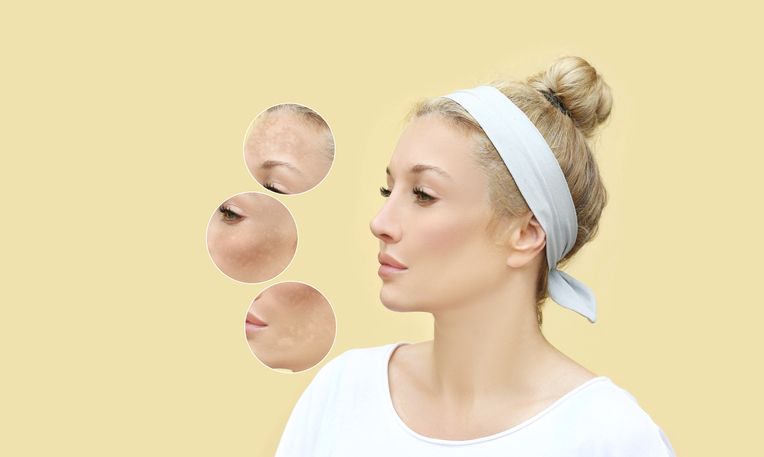
Temporary pigmentation that develops after an injury (such as a thermal burn) or an inflammatory condition of the skin (such as dermatitis, infection). Darker skin types tend to exhibit it more frequently (see ethnic dermatology). Even while the illness usually gets better on its own, it may take months or even years, thus long-term care is required. It might appear as flat regions of hypercoloration and can affect the face and body, usually in areas that have been exposed to UV rays. Depending on skin tone and the degree of hypercoloration, these dark spots can be pink, red, brown, or even black.

2
Causes of Post Inflammatory Hyperpigmentation
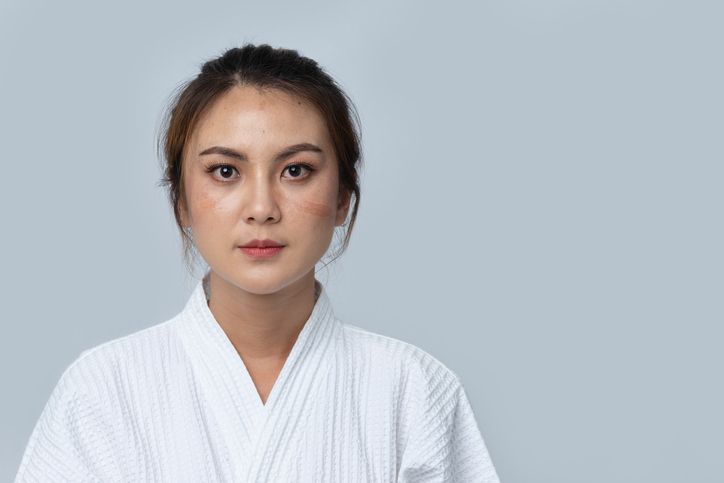
Your skin cells produce more melanin in reaction to injury or irritation, which results in post-inflammatory hyperpigmentation. The signs of this skin condition include blotches and areas of skin that are tan, brown, dark brown, or even blue-gray. The most frequent causes of PIH are impetigo, eczema, and acne, although it can also be brought on by any type of skin trauma or irritation.

3
Symptoms of Post Inflammatory Hyperpigmentation

PIH typically appears as a flat region of skin discolouration. Depending on the severity of the discoloration and the tone of your skin, it may appear white, pink, red, purple, brown, or even black. With any type of skin, PIH can manifest. People with medium to dark skin tones, however, often experience it more severely and for a longer period of time. Because those with darker skin tones have more melanin, there is a higher risk of PIH when certain skin conditions exist. Men and women both experience PIH.

4
Treatment Options for Post Inflammatory Hyperpigmentation
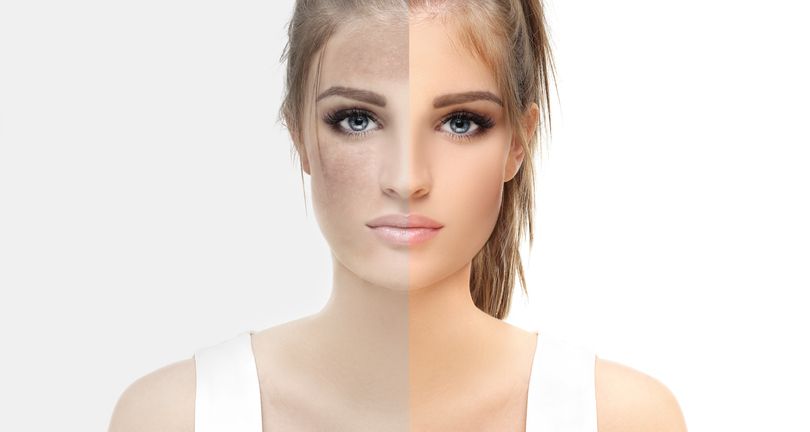
Chemical Peels for Post Inflammatory Hyperpigmentation
Chemical peels offer a straightforward yet efficient means of treating PIH as well as other skin flaws including lines and wrinkles. Applying specially prepared chemicals to the skin in order to cause a controlled form of damage, which destroys the PIH-affected skin's outer layers, reveals skin with improved texture and appearance. The components and concentrations used in the various kinds of chemical peels vary. Resorcinol is one of the greatest substances for lowering PIH. Tyrosinase, an enzyme that produces melanin in the skin, is inhibited by resorcinol, a form of alcohol.

Book Now to Experience
Acne Treatment
1 Minute Self-Registration
Date should not be before minimal date

5
Topical Treatments for Post Inflammatory Hyperpigmentation
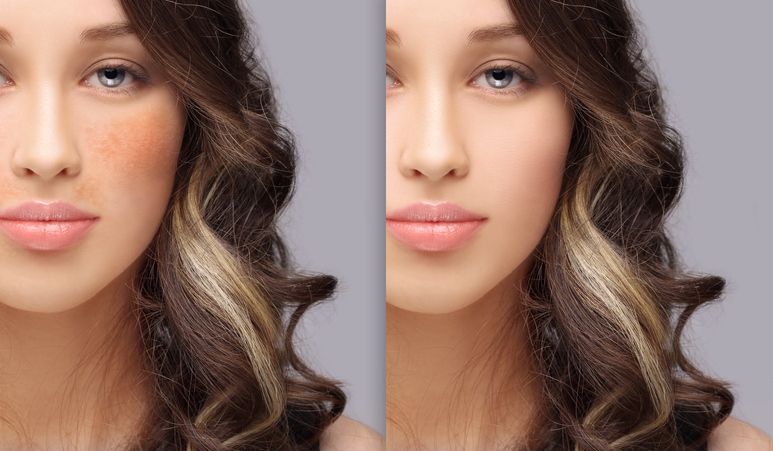
Azelaic Acid
Another drug used to treat PIH and acne is azelaic acid.1 It functions by accelerating cell turnover rates and reducing skin inflammation itself. Azelaic acid is occasionally used with glycolic acid or tretinoin. Azelaic acid has been proven in certain tests to be just as useful in correcting hyperpigmentation as hydroquinone. As a result, it offers those who cannot utilise hydroquinone a good option.
Hydroquinone
A common treatment for PIH is hydroquinone. It comes in 1% to 2% strength over-the-counter and 3% to 4% strength prescription lotions. The melanin-producing enzyme is blocked by hydroquinone, which lightens the skin. These lotions frequently include additional lightening chemicals, which can produce results that surpass those of hydroquinone by itself.
Alpha Hydroxy Acids (AHAs)
Glycolic acid in particular is a wonderful place to start when treating an issue.Alpha hydroxy acids (AHAs) have the ability to enhance the appearance of PIH by accelerating the skin's natural exfoliation process. These components are present in a lot of over-the-counter "brightening" medications. Additionally, leave-on skincare products like creams, gels, and lotions will produce better benefits than wash-off items like cleansers.

6
Laser Treatment for Post Inflammatory Hyperpigmentation
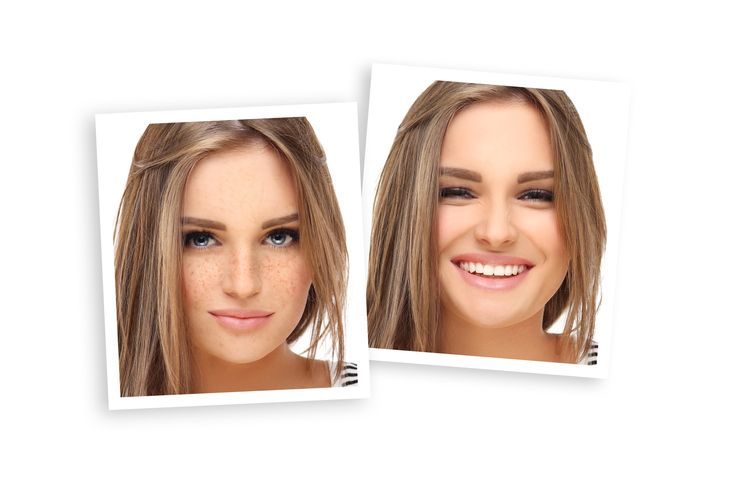
A variety of other laser treatments and IPL treatments are available that can remove PIH. Short, focused pulsed light beams are used in the procedure known as laser rejuvenation, also known as laser resurfacing, to carefully remove the skin's layers one at a time. You can get smooth, clear, radiant skin by using this type of controlled harm to remove the PIH-affected skin and encourage the growth of new skin cells and proteins.
Acne Treatment - New Beauty
The Acne Treatment is a new treatment from New Beauty for any skin type that is prone to breakouts. First, the dual spiral suction plus drainage technology exfoliates dead skin cells and clears clogged pores at the same time, reducing acne infection and inflammation. The face is then treated with a moisturising serum to control sebum output and encourage collagen synthesis. Future breakouts of acne are less likely if there is insufficient oil. Acne, blemishes, blackheads, whiteheads, pockmarks, enlarged pores, dry skin, acne scars, and dull skin tone are all goals of the acne treatment. Seize the opportunity to revive bright skin and increase your self-esteem!
How does this treatment work?
Step 1: The consultant will outline the procedure's steps and theoretical underpinnings. The beauty therapist then performs a patch test to make sure the probe hasn't caused any irritation.
Step 2: The hoover microdermabrasion and deep cleaning process is started by the twin spiral suction/drainage probe. Exfoliation is used to remove dead skin cells, oil, and grime that have been trapped in the pores and on the surface of the skin. The acne inflammation and infection should gradually subside if the pollutants are removed.
Step 3: To balance the water-to-oil ratio, calm the oil glands from future overproduction of oil, and promote collagen growth, the moisturising serum is injected into the unclogged skin. This results in less subsequent breakouts, quieter acne, and skin with a finer tone.
What can you get from this treatment
Eliminates Dead Skin Cells: Excess dead skin cells are removed using dual spiral suction and drainage technology to keep pores from becoming clogged in the future.
Hydrating Essence: A medical-grade moisturising serum may penetrate the deepest layers of the skin to nourish and hydrate the skin tissues while also soothing acne-prone skin. Additionally, it soothes the sebaceous glands to stop overproduction of oil.
Clear Results: You will have less acne breakouts, acne scarring, and various types of acne as the treatment goes on. Watch as your skin becomes healthier, more moisturised, and lighter with less of an oily sheen!
Non-invasive Treatment: The acne treatment is non-invasive, so there is no need for oral antibiotics, surgery, incisions, cosmetic procedures, injections, or acne medication. Most persons with moderate to severe acne, according to our in-house beauticians, are candidates for this treatment.

7
Fading On Its Own
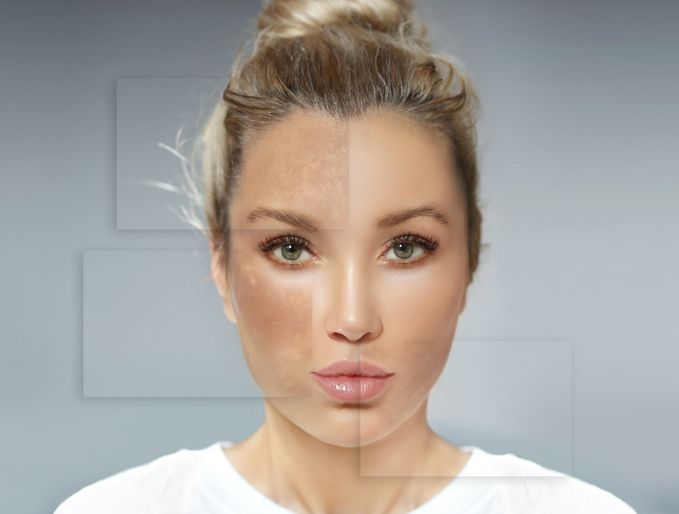
The good news is that, even without treatment, PIH can go away over time. However, the key word here is time. PIH can take three to 24 months, or even longer in certain cases, to completely go away.
PIH fades with time, but how long depends on how black the dark spot really is in comparison to the surrounding skin. The length of time it takes to fade depends on how much contrast there is between the dark region and your natural skin tone. Sometimes PIH doesn't go away on its own. It's more or less permanent in some situations.
A few therapies are effective to fade dark spots. Some may not completely remove black marks, but they may at least significantly lessen them. OTC medications can aid in the fading of more subtle marks. For deeper scars or those that have been there for a while, a prescription cream can be a better option. There are many items that your dermatologist carries that will work.

8
Microneedling
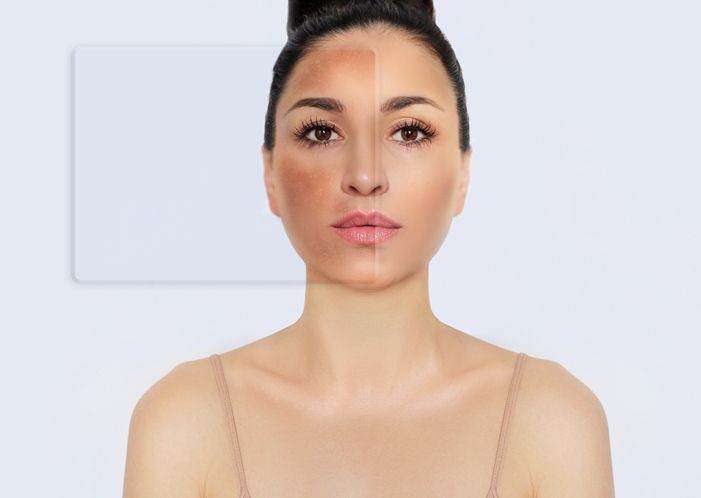
A minimally invasive cosmetic technique called microneedling, often referred to as dermarolling or collagen induction therapy (CIT), punctures the skin with hundreds of small needles in order to promote the resolution of a number of persistent dermatologic issues.
Microneedling has a wide range of advantages in addition to skin lightening effects, and it is well tolerated by most skin kinds and colours. It is a potent skin treatment on its own, but its effects are enhanced when used in conjunction with the use of skin care products. This kind of application enables the use of complementing goods to penetrate and absorb more deeply.
As a stand-alone procedure, microneedling achieves favourable effects by starting the exfoliation of damaged skin cells and regenerating the skin with an increase in collagen and elastin. As soon as microneedling sends your skin's healing mechanisms into overdrive, you'll start to see new, collagen-rich tissue giving your skin a significant lift and brightness. However, there is a time after treatment that necessitates some aftercare to help your skin recover.

Book Now to Experience
Acne Treatment
1 Minute Self-Registration
Date should not be before minimal date

9
Microdermabrasion
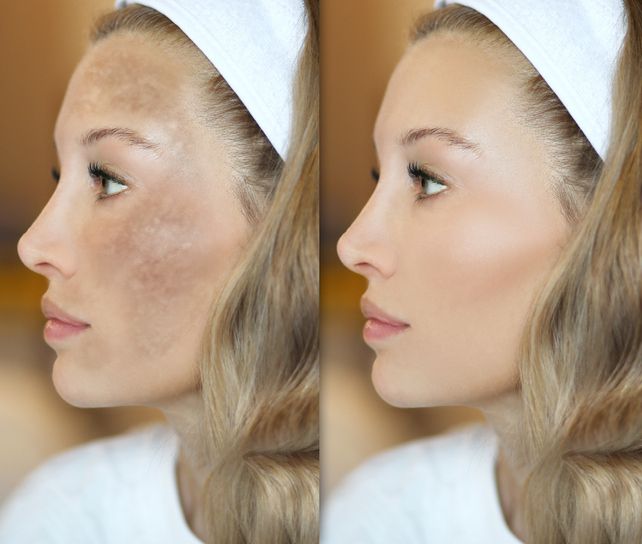
The top layer of skin is delicately removed using a dermatological process called microdermabrasion. It is applied to brighten a drab complexion, lighten acne scars, and balance out skin tones. Dermatologists and estheticians frequently perform microdermabrasion on patients. The process can be combined with other therapies and lasts roughly 30 minutes. Most of the time, there is no pain, although it could take numerous treatments to get the results you want.
The region may enlarge and turn red right away after receiving microdermabrasion laser therapy done. This is a transient impact that won't last more than a few hours. If you have microdermabrasion with suction equipment, you may experience short-term bruising. You should apply sunscreen after microdermabrasion since it can make your skin more susceptible to the sun.

10
Prevention of Post Inflammatory Hyperpigmentation

Use mild skincare products for your skin
You should frequently treat your skin with calming skincare products made with naturally occurring substances rather than utilising harsh chemicals. There are several skincare items available that are intended to be anti-inflammatory. There are numerous drugs and treatments in addition to photoprotection that can safely and effectively treat PIH in people with darker skin, according to A Review of the Epidemiology, Clinical Features, and Treatment Options in Skin of Colour from the National Library of Medicine. Hydroquinone, azelaic acid, kojic acid, licorice extract, and retinoids are examples of topical depigmenting chemicals that can be used alone or in conjunction with other substances to lighten darker skin tone.
Wear sun protection
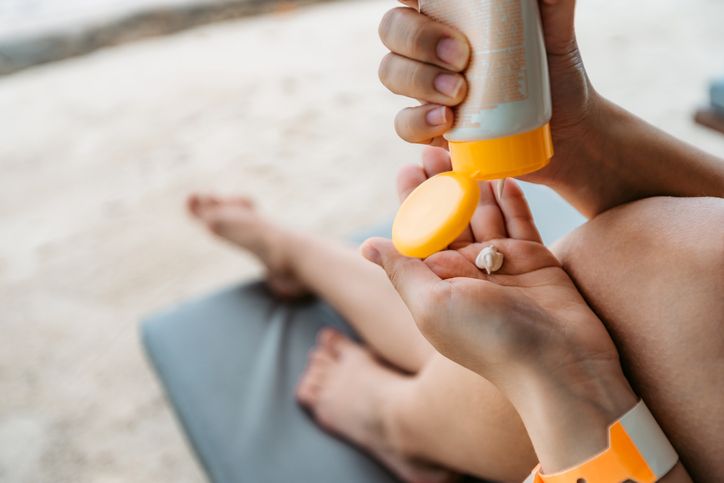
One of the most crucial things to think about when it comes to preventing hyperpigmentation is protecting yourself from sun damage. Although UV damage doesn't always lead to post-inflammatory hyperpigmentation, it will exacerbate it if you already have it and can lead to hyperpigmentation by inducing the synthesis of excessive melanin production.
Every day, use a sunhat and broad spectrum sunscreen. The stains might become darker in the light and disappear more slowly.Additionally, many PIH medications (as well as many treatments for acne) can make your skin more sensitive to the sun. You shouldn't be concerned that sunscreen would exacerbate your outbreaks. There are numerous sunscreens available for acne-prone skin.
Read More

11
Avoid picking your spots and monitor your skin condition
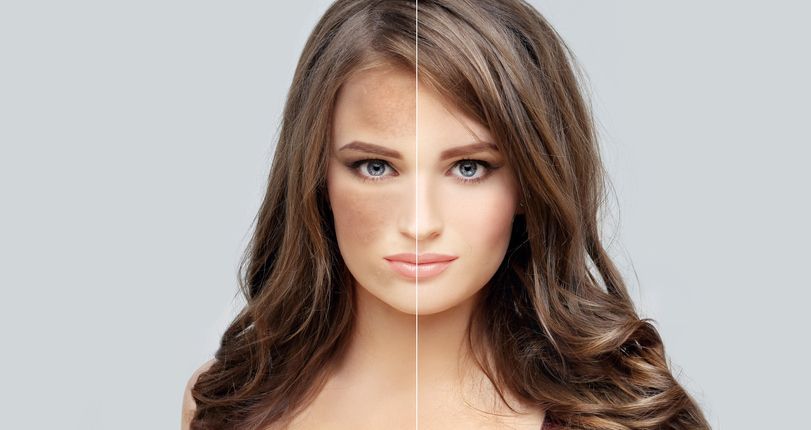
One of the main causes of post-inflammatory hyperpigmentation is acne, which blocks skin follicles and encourages the growth of bacteria, which inflames the skin. Most of the time, acne cannot be avoided, but how you treat it can help to reduce post-inflammatory hyperpigmentation. It is crucial that you avoid picking at your spots because doing so might leave acne scars and raise your risk of developing post-inflammatory hyperpigmentation.
Check for inflammation on your skin. Acne and PIH remedies may irritate you even if they are assisting you in clearing up your inflammatory skin condition. Unluckily, skin irritation can exacerbate existing dark patches and uneven skin tone. Tell your healthcare practitioner if your skin becomes irritated from your acne treatments if PIH is a concern for you.

12
Conclusion
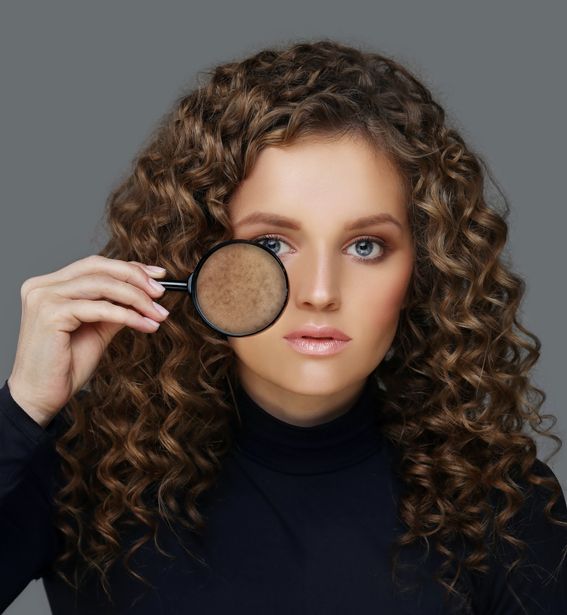
Without treatment, PIH normally gets better over time, but it can take a few years. Some stains might never go away. OTC creams, prescription drugs, and office procedures are all forms of treatment to treat hyperpigmentation. But before going for a treatment it is best to consult a doctor.
Since sunscreen shields the skin from sun exposure, which can speed up the formation of melanin in the skin, it can help prevent hyperpigmentation brought on by sun damage. Keep it in your skincare routine as it will aid in preventing post-inflammatory hyperpigmentation from getting worse.
FAQ
Does vitamin C serum help with post inflammatory hyperpigmentation?
Numerous advantages of vitamin C. This potent antioxidant can aid in the elimination of free radicals and the stimulation of collagen synthesis. Vitamin C serum can aid in preventing the production of melanin when it comes to hyperpigmentation. Quality vitamin C serums frequently contain stabilising components like Ferulic acid because vitamin C can oxidise quickly if exposed to light.
How long does post-inflammatory hyperpigmentation take to heal?
Postinflammatory hyperpigmentation (PIH) treatment is typically a challenging and drawn-out process that frequently requires 6–12 months to produce the required depigmentation.

Book Now to Experience
Acne Treatment
1 Minute Self-Registration
Date should not be before minimal date
Recommended Articles
COPYRIGHT© NEW BEAUTY MANAGEMENT LIMITED 2025. ALL RIGHT RESERVED.

